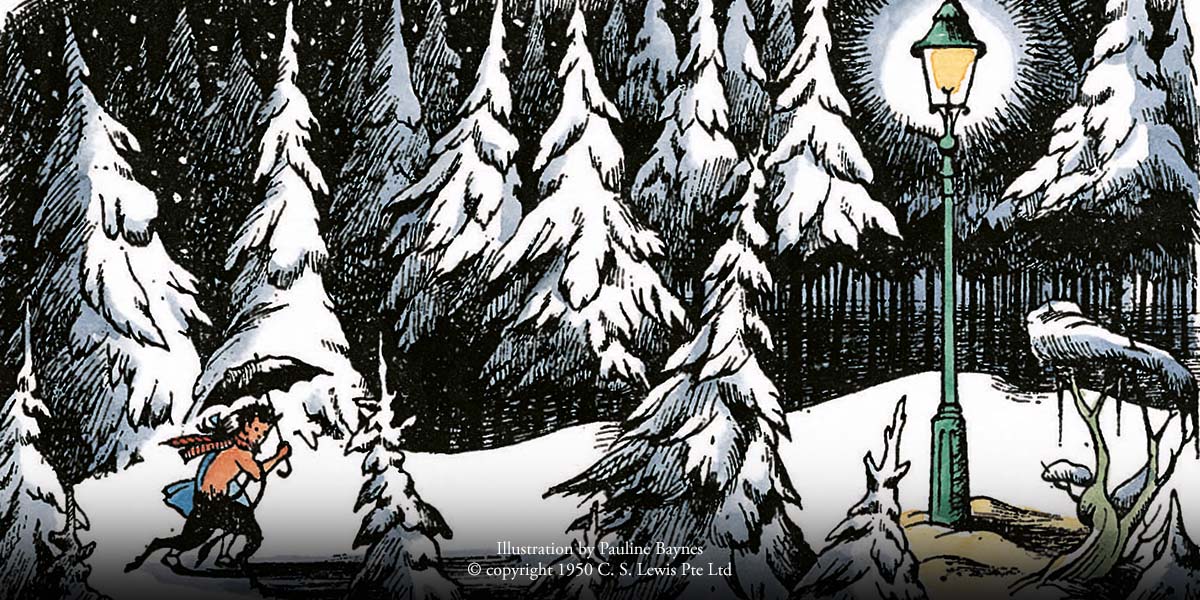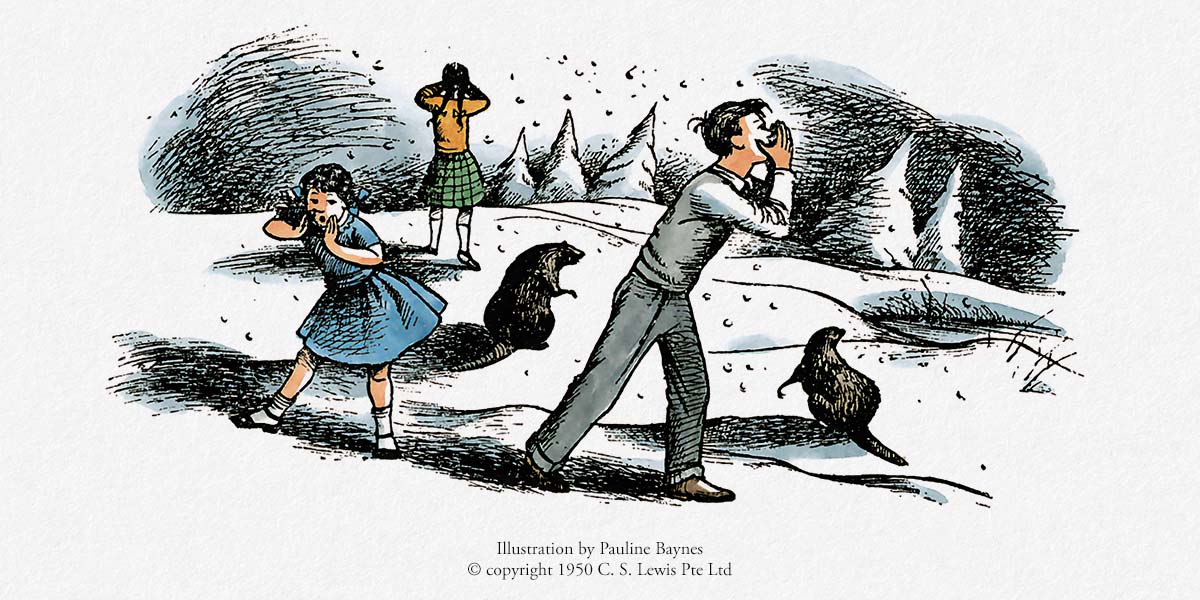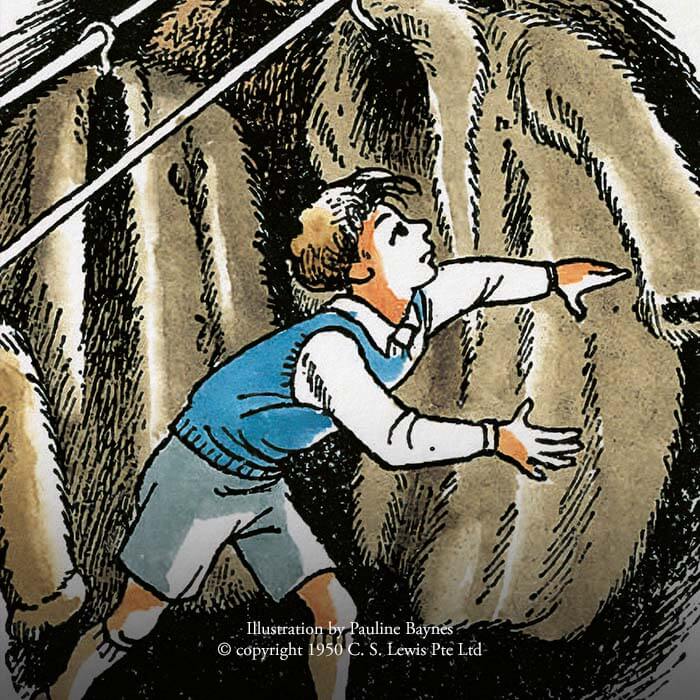
Making a Magical Masterpiece
For more than seven decades, many generations of readers, particularly children, have adored The Lion, the Witch and the Wardrobe. The story’s author, Clive Staples Lewis, whose name is commonly abbreviated to C. S. Lewis, wrote six more tales that together with The Lion, the Witch and the Wardrobe form The Chronicles of Narnia. We delve into the creation of these enthralling tales and the background of their celebrated author, who remains an influential writer to this day.

An Intellectual Giant and Influential Writer
Born in Belfast, Northern Ireland, on 29 November 1898, Lewis lost his mother almost ten years later. In the weeks following her passing, he became a pupil at the Wynyard School in Hertfordshire, England, in what marked the beginning of a lifelong association with academia.
In 1925, Lewis was appointed English Fellow of Magdalen College, Oxford, where he tutored English Language and Literature. The following year, he befriended a colleague, JRR Tolkien, and the pair became members of an undergraduate club called the Inklings. The club eventually folded but Lewis and Tolkien borrowed the name and used it to refer to their own group of friends, whose weekly meetings would take place in pubs and college rooms, where they would drink, talk and critique one another’s literary works.
Long before, in 1919, Lewis published his first work, Spirits in Bondage under the pseudonym Clive Hamilton. Written in the wake of the First World War, this collection of poems explores the themes of love, war, evil and goodness based on his military experience. In the decades that followed, Lewis wrote and published multiple works, with one in particular earning him the global recognition that endures to this day.

‘It all began with a picture …’
Published in 1950, The Lion, the Witch and the Wardrobe was the first book Lewis wrote within The Chronicles of Narnia series. Chronologically, it is the second book in the collection, although readers can also enjoy it as a standalone story. In an essay attempting to explain the inspiration behind his famous narrative, Lewis explains that, like his other Narnia books and three science-fiction works, the ideas came from pictures that formed in his head. For The Lion, the Witch and the Wardrobe, he envisaged a faun holding an umbrella, whilst carrying parcels in a snowy wood when he was just 16 years old. He decided to act upon the image many years later, at the age of 40, initially turning it into a story for his goddaughter, Lucy.
My Dear Lucy,
I wrote this story for you, but when I began it I had not realized that girls grow quicker than books. As a result you are already too old for fairy tales, and by the time it is printed and bound you will be older still. But some day you will be old enough to start reading fairy tales again. You can then take it down from some upper shelf, dust it, and tell me what you think of it. I shall probably be too deaf to hear, and too old to understand a word you say, but I shall still be your affectionate Godfather,
C. S. Lewis

Bringing a Fantasy World to Life
Lewis’ powerful writing creates vivid images of magical landscapes and anthropomorphic characters, painting a unique picture in the minds of readers. And while every reader forms their own personal connection to the story, Pauline Baynes managed to capture the magic of Narnia with charming illustrations that are now synonymous with the books themselves.
Lewis met Baynes on just two occasions, and she noted one of the meetings in her diary, simply recording ‘Met C.S. Lewis. Came home. Made rock cakes.’ The relationship between the author and the artist was purely professional, unlike the friendship she shared with Lewis’ good friend, JRR Tolkien, whose works she also famously illustrated.

The Story Continues
In more recent times, three of The Chronicles of Narnia stories have been adapted for the big screen and made into blockbuster movies: The Lion, the Witch and the Wardrobe (2005), Prince Caspian (2008) and The Voyage of the Dawn Treader (2010). Collectively, the films grossed more than $1.5 billion worldwide and featured several high-profile cast members, including Liam Neeson, Tilda Swinton, James McAvoy, Peter Dinklage, Eddie Izzard and Simon Pegg.


